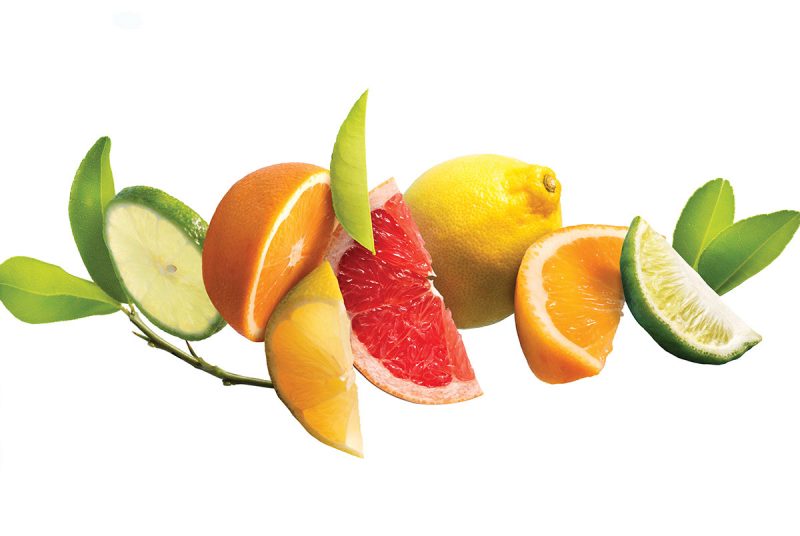Follow these 5 shopping hacks to score the best produce at the market
Q. How can you tell if a grapefruit is ripe?
A. Squeeze it. It should be springy to the touch and
regain its shape once you give it a little squeeze.
And heavier is better, as heavier equals juicier.
Shop for the Seasons
The best tasting fruits and veggies tend to the be ones that are in season, says Richard Resurreccion, produce buyer at Whole Foods Market in Greenwich, CT. For instance, “Fall is peak time for apples and squashes,” he notes.
Check Out the Packaging
Surveying the packaging can tell you a great deal about produce. For example, when buying berries, turn over the containers and examine the bottom. If you see moist spots or stains, the fruit is likely overripe.
Location, Location, Location
“Buying local means less travel time and less chance that your farm-fresh produce will turn before it reaches your shopping cart,” says Laura Rose Dailey, produce department head at The Greene Grape in Brooklyn, NY. And, if she had to choose between buying organic or buying local: “I’d choose local every time.”
Size Does Matter
“Smaller, independent shops that have ‘a mission’ and believe in ethical and sustainable growing processes yield superior crops”, Dailey says. This means that cantaloupe is going to cost you, but you’ll taste the difference with each bite. Plus, “the fewer middlemen, the better,” she says.
Know Before You Go
“Recalls, shortages, and politics can wreak havoc on your farm-to-table experience,” says Paul Farfan, produce manager at Balducci’s Food Lover’s Market in Rye Ridge, NY, “so it’s prudent to tune in to the latest news in the food industry before filling your basket with nature’s bounty.”
Here’s what to look for when buying some of your favorite items:
Apples
The skin should have a little bit of shine on it without being oily, and the wax should not easily rub off.
Blueberries
Surprisingly, color doesn’t matter as much as firmness. While the berries might have a slight white or gray sheen, if they are uniformly blue and feel springy and hard to the touch, they’re good to go.
Kale
Seek out medium-sized, dark green leaves that are crisp and firm. Check leaves for tiny holes, which indicate insect damage.
Cantaloupes
Choose fruits that are fragrant and cream or golden in color. (Green means it was picked before ready.) Avoid fruits with soft spots, although the end opposite the stem should be slightly soft.
Brussels sprouts
Look for vibrant, light green sprouts which are tightly closed. If the leaves are separated and they’re yellow, they’re overripe. Squeeze the head; it should be hard and firm.
Lemons
Bigger is better. (Ditto for limes.) Larger ones tend to be sweeter.
© twomeows; suzifoo


